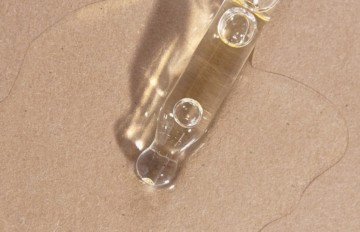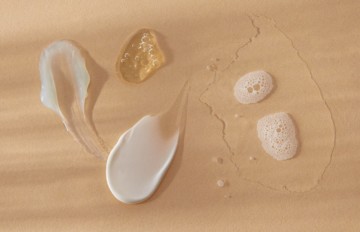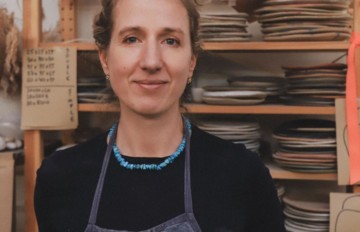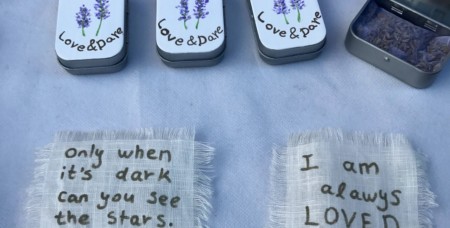
The Beauty of objects, G for Generations of dildos
To share his thoughts on Beauty, French designer Patrick Jouffret chose to talk about objects created by humans to fulfill their dreams. For Patrick, these objects go beyond fashion and status. They make something functional beautiful, mark chapters in our history, and show how our needs have evolved. Through this subjective selection, which he presents in the form of an alphabet book, Patrick explores the hidden dimensions of these objects – dimensions that make them unique, timeless, and essential. After discovering the letter F for Flute, let’s continue this serie with the letter G for… Generations of dildos!
28,000 years ago, man was already sculpting phalluses in stone. The siltstone phallus found in the Hohle Fels Cave in Germany is really quite a beautiful object. Highly polished, its etched markings leave little doubt as to its anatomical inspiration. And while it undoubtedly had a symbolic purpose, it remains to be proven whether it was also designed to give pleasure.
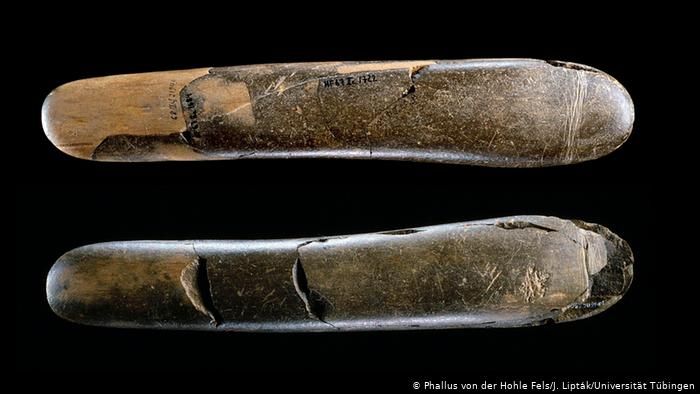
We have to go back to the times of Ancient Greece to find the first clear traces of olisbos – or dildos. It may be that their invention was related to the creation of tools and the start of a more sedentary lifestyle.
A dildo may be used in the absence of a partner or to relieve boredom, but it also helps you to explore your own body and desires. Dildos were used in many civilizations and played a part in their evolution. Designed for men and women alike, the dildo originally provided a more functional alternative to fruits, vegetables, breadsticks lubricated with oil, and other penis-shaped objects. It was softer, stronger, and came in different sizes and forms.
One can easily imagine that its resemblance to the man’s sexual organ made people feel aroused, and that it was revered as a symbol of ecstasy. This is evident in the (sometimes caricatural) anatomical precision of the first dildos we know of. We also find ancient depictions of scenes that show dildos were used for amusement.
It’s surprising to think about the extent to which these objects were integrated into everyday life before they were stigmatized and perceived as indecent or obscene, firstly by religious dogma, and then by the cinema (the first pornographic films appeared around the start of the 20th century).
Literature and ceramics from Ancient Greece show there were no inhibitions about using dildos at the time. In the year 411 BC, Aristophanes wrote a comedy in which olisbos are mentioned, along with their use by women in the absence of their husbands. In the play in question, women rebel against male domination and men’s appetite for war, and decide to reverse the normal roles and seize power themselves by declaring a sex strike! Such stories contrast with the image of these civilizations that history teaches us.
Through the ages, the materials used to make dildos, as well as their shapes and sizes, have varied for practical, aesthetic and fanciful reasons. The Greeks from Miletus made dildos out of oiled leather that was either stuffed with wool or used to cover wood. In China, in addition to horn and bone phalluses, dildos were also made from lacquered wood. And between the 16th and 18th centuries, the glassmakers of Murano produced some sumptuous specimens for the elite.
If you look at a dildo from a designer’s perspective, you’re struck by the way in which shape, material, functionality and symbolism come together in perfect harmony. There are few everyday objects that symbolize such power, starting with the life-giving power of semen, glorified by Dionysian rites. A dildo could also be considered a form of adjustable orthopedic support that enables you to increase your performance… and it’s the only one that can.
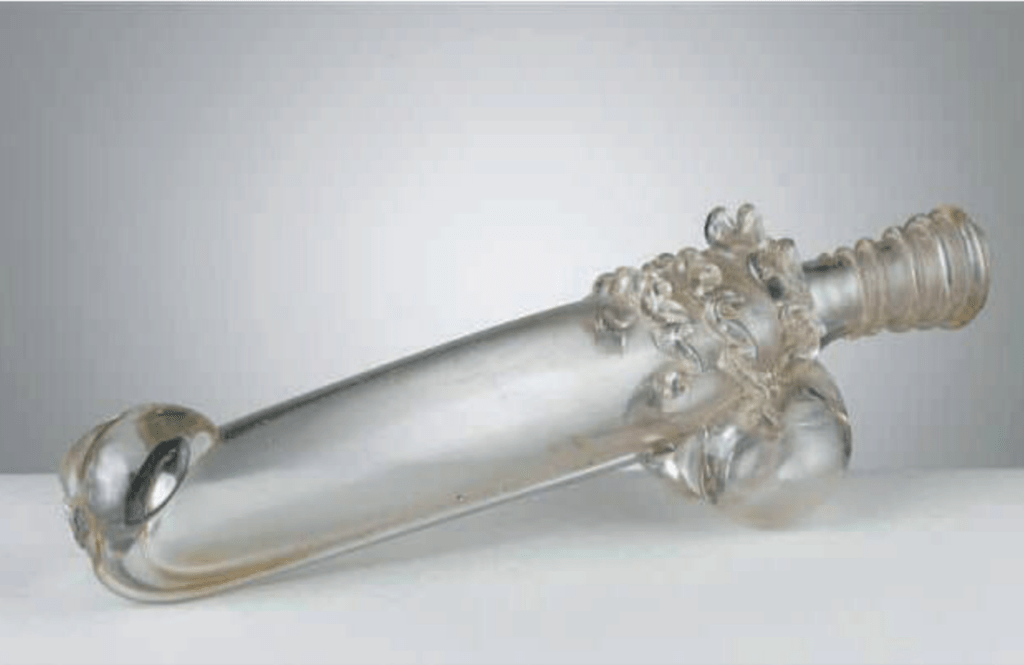
Beyond its practical function, a dildo is also a means of expression – sometimes comical, but often subtle. Some Murano versions are not only very sophisticated (able to contain hot water or milk), but also exceptionally beautiful. So beautiful in fact, you completely forget their resemblance to a phallus.
It’s said that in Japan, some lords would give their lovers sculpted dildos before leaving on a military campaign, to remind them of their duty to be loyal.
Now, more than ever, the dildo has a place in our fragmented society, where individualism and solitude are once again generating the need to free ourselves from others. The vocabulary is changing too. Gradually, the “sex” in “sex toy” is being abandoned and dildos are simply referred to as “toys.” By simplifying the name in this way, a dildo becomes associated with playing, childhood, and the desire for immortality, and using one becomes more normal, more acceptable.
The advent of the internet has changed distribution channels profoundly. It has broken cultural barriers and made it possible to reach new targets – less experienced consumers looking for a way to ease their loneliness or enjoy pleasurable experiences.
Silicone has made dildos easier to produce, and brands have been able to explore different, more abstract forms that would have been impossible to mass-produce in the past, opening the door to new users. Now you’ll find shapes and designs that gradually – or radically – differ from the form of a phallus, so they can stimulate parts of the body more effectively and with greater precision.
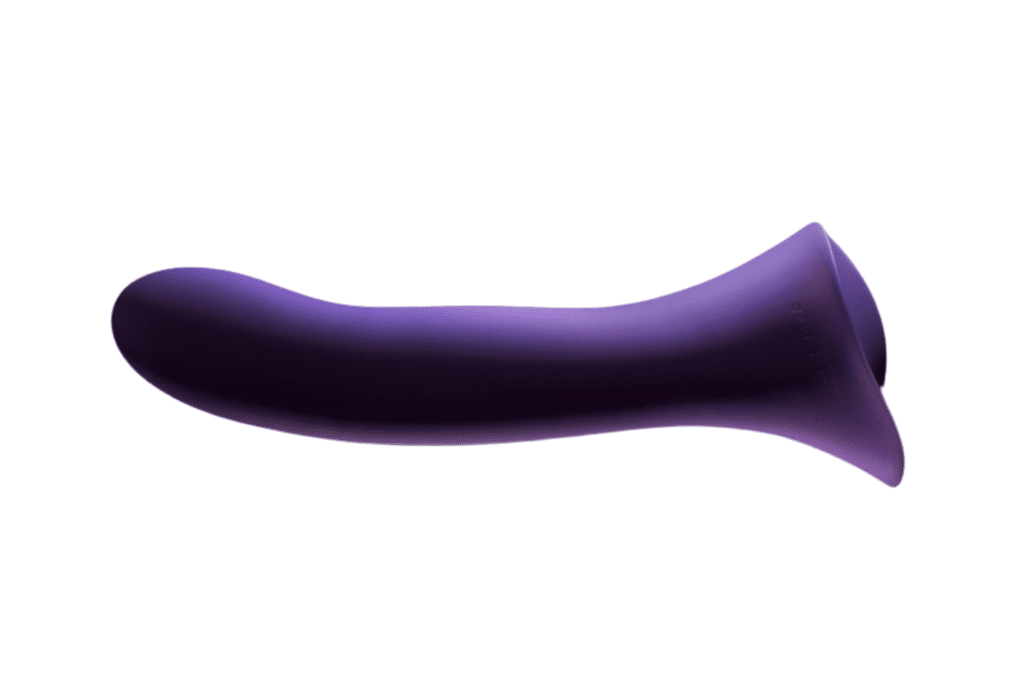
The modern dildo is the result of recent discoveries relating to the centrality of the clitoris in female pleasure – and that of the prostate in male pleasure. Technological advances in terms of materials, as well as vibration and sucking mechanisms, have also played a part in the most modern designs. From the Magic Wand to clitoral stimulators, dildos and sex toys are exploring new horizons and becoming more accessible. Recently, the LGBTQ community has been behind a change in the shapes of sex toys, with many now having a form and appearance that are anything but phallic.
A dildo is an everyday object that gives a tangible form to the axis around which humanity turns: not just the phallus, but sex. It tells of a different history, one that religious dogmas sought to hide. It is a humble object that connects us to our humanity.




